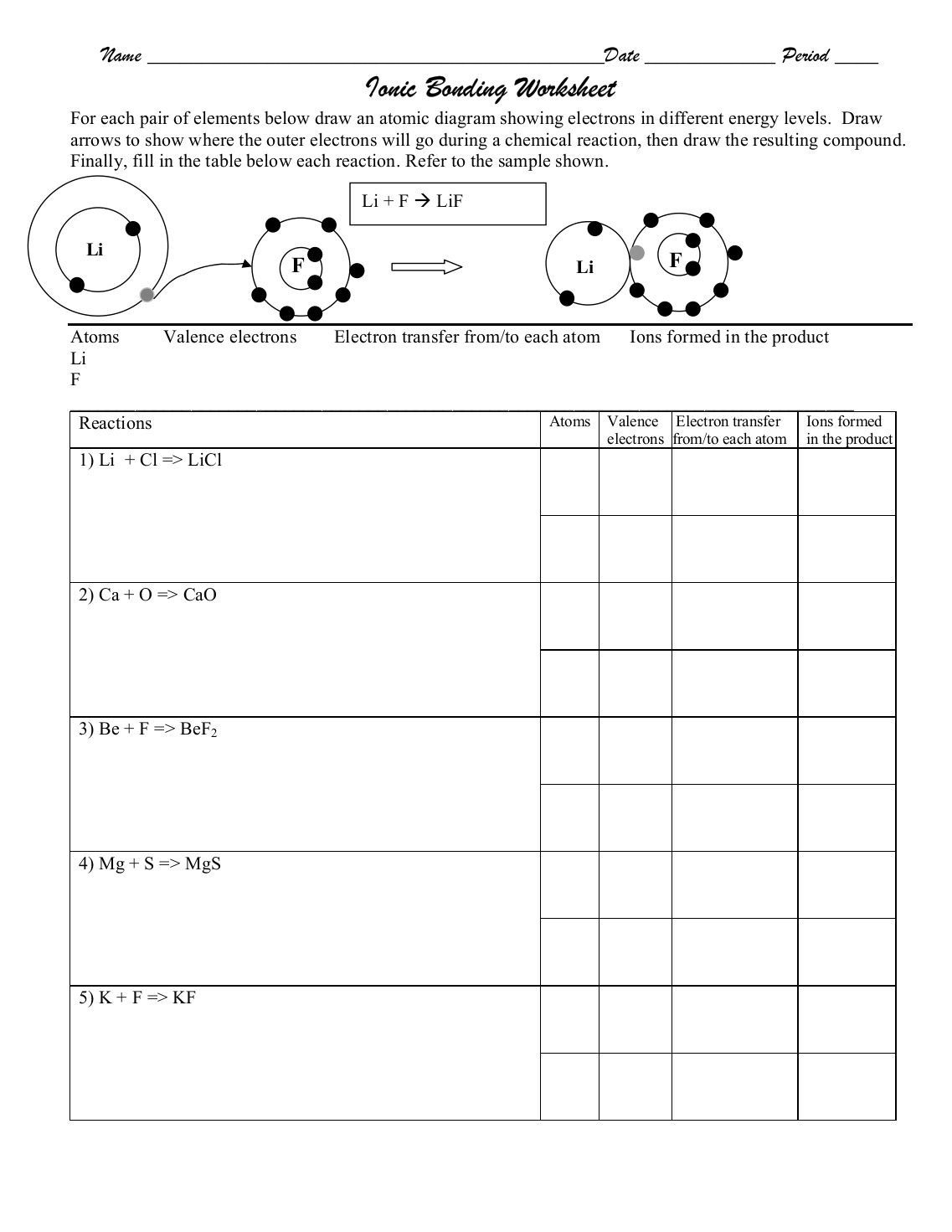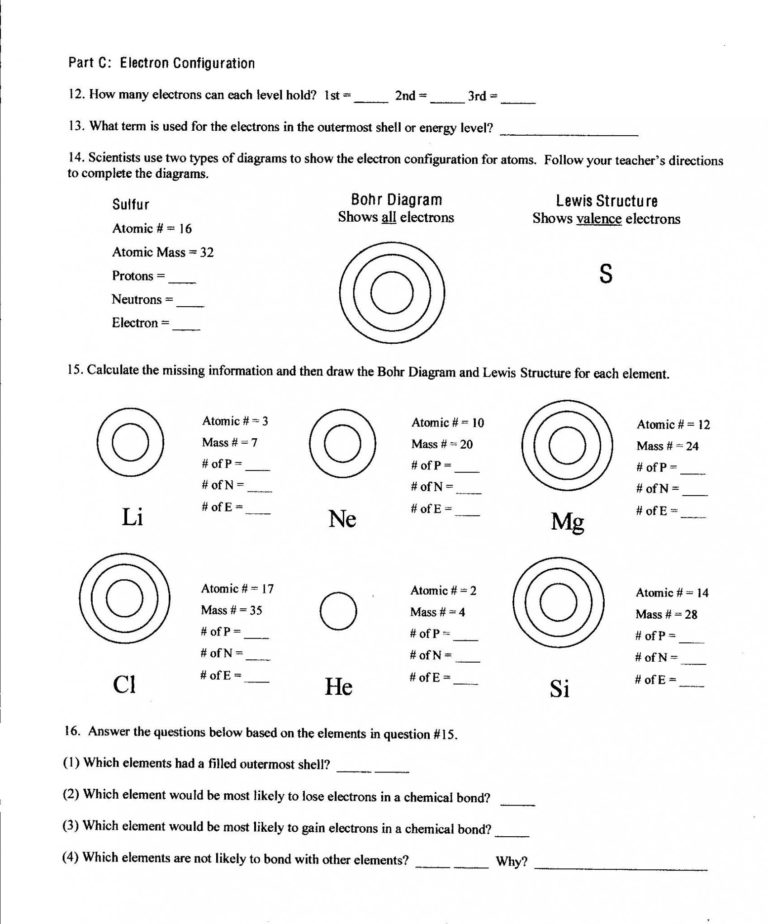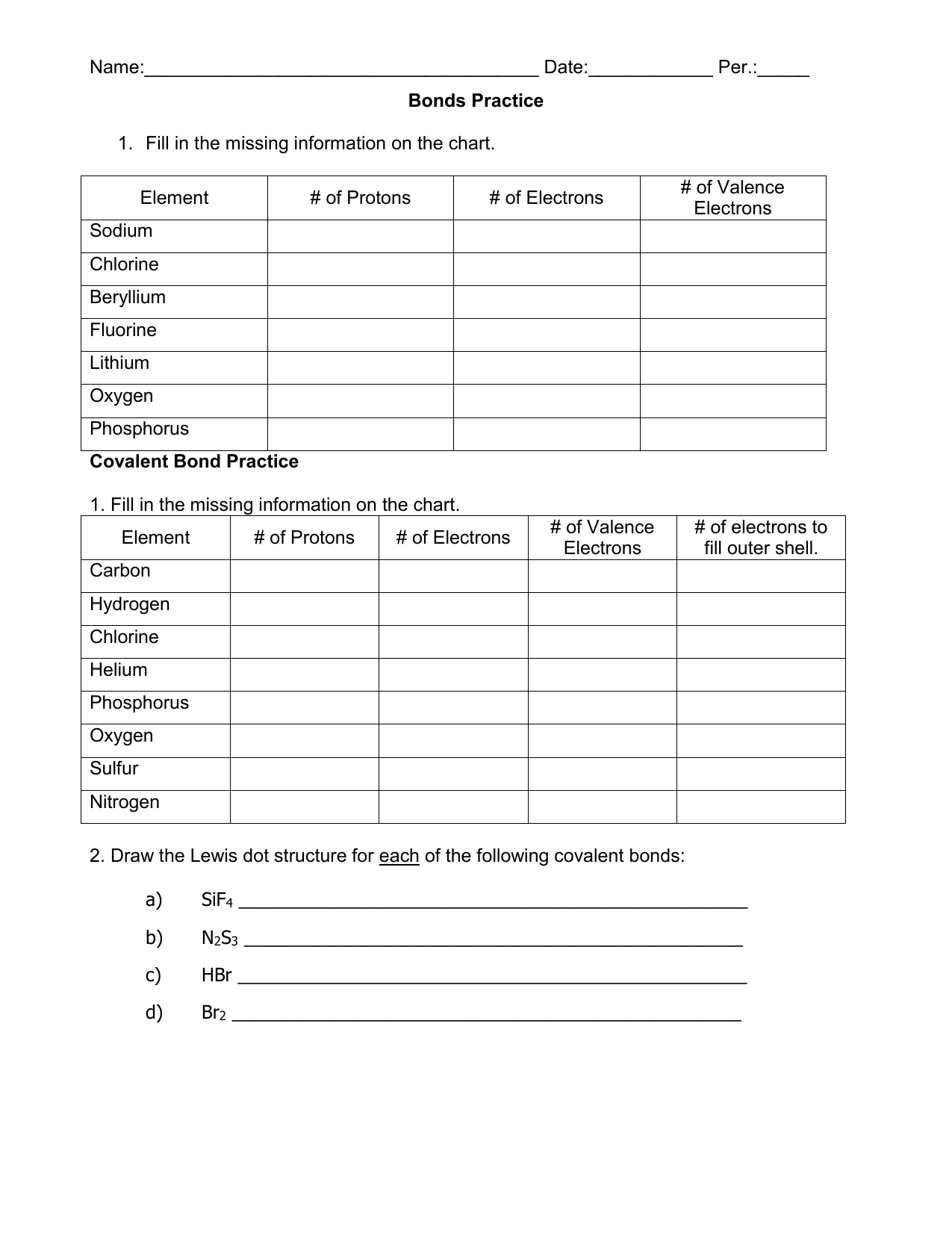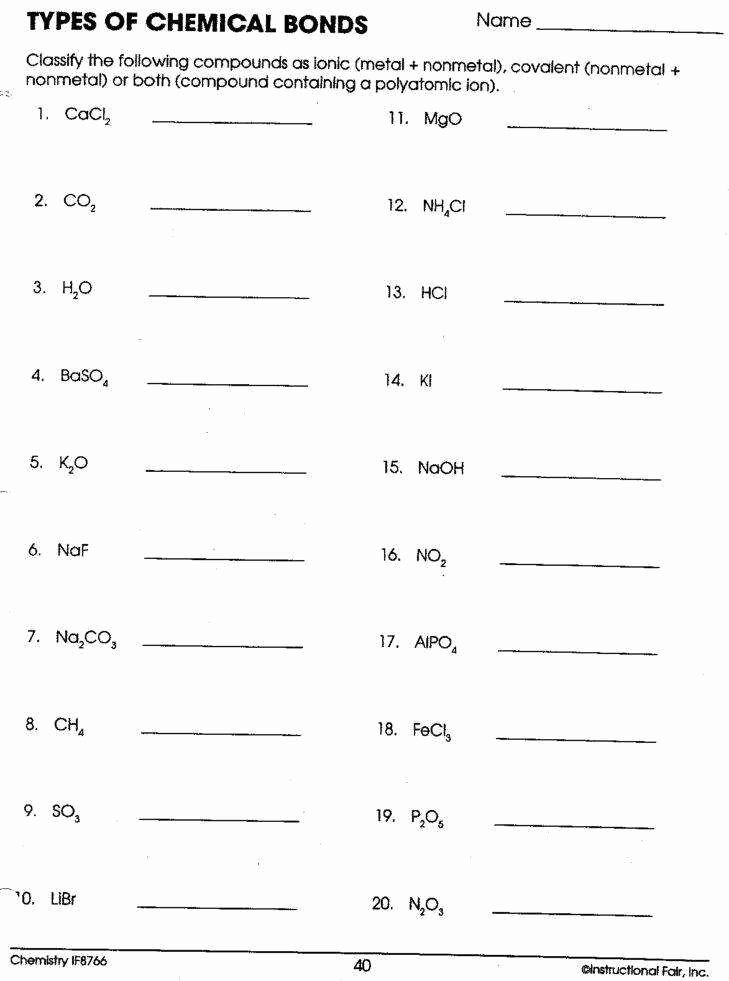Covalent Bonding Practice Worksheet
Covalent Bonding Practice Worksheet - Model 1 substances are called ionic compounds and model 2 substances are called covalent molecules. This resource features three different versions of a worksheet on bonding: Use lewis dot structures to show the ionic bonding in the following pairs of elements. List the elements that can form. Practicing using dot and cross diagrams. Write a simple rule that will allow. Scaffolded, partially scaffolded and unscaffolded. Grade 7, grade 8, grade 9, grade 10, grade. These worksheets are meant to test what a student knows about covalent bonding. Show the transfer of electrons using arrows.
Show the transfer of electrons using arrows. Grade 7, grade 8, grade 9, grade 10, grade. Scaffolded, partially scaffolded and unscaffolded. Practicing using dot and cross diagrams. Model 1 substances are called ionic compounds and model 2 substances are called covalent molecules. This resource features three different versions of a worksheet on bonding: List the elements that can form. These worksheets are meant to test what a student knows about covalent bonding. Use lewis dot structures to show the ionic bonding in the following pairs of elements. Write a simple rule that will allow.
Scaffolded, partially scaffolded and unscaffolded. Write a simple rule that will allow. Grade 7, grade 8, grade 9, grade 10, grade. This resource features three different versions of a worksheet on bonding: Practicing using dot and cross diagrams. Show the transfer of electrons using arrows. List the elements that can form. Use lewis dot structures to show the ionic bonding in the following pairs of elements. Model 1 substances are called ionic compounds and model 2 substances are called covalent molecules. These worksheets are meant to test what a student knows about covalent bonding.
Covalent Bonding Naming Worksheet
Model 1 substances are called ionic compounds and model 2 substances are called covalent molecules. Scaffolded, partially scaffolded and unscaffolded. Grade 7, grade 8, grade 9, grade 10, grade. Practicing using dot and cross diagrams. This resource features three different versions of a worksheet on bonding:
Chemistry Covalent Bonding Worksheet Answers
List the elements that can form. Grade 7, grade 8, grade 9, grade 10, grade. Model 1 substances are called ionic compounds and model 2 substances are called covalent molecules. Practicing using dot and cross diagrams. Write a simple rule that will allow.
Covalent Bonding Practice Worksheet Answers Worksheet Now
Model 1 substances are called ionic compounds and model 2 substances are called covalent molecules. This resource features three different versions of a worksheet on bonding: Use lewis dot structures to show the ionic bonding in the following pairs of elements. Grade 7, grade 8, grade 9, grade 10, grade. Show the transfer of electrons using arrows.
Chemistry Covalent Bonding Worksheet
These worksheets are meant to test what a student knows about covalent bonding. Scaffolded, partially scaffolded and unscaffolded. This resource features three different versions of a worksheet on bonding: Grade 7, grade 8, grade 9, grade 10, grade. Model 1 substances are called ionic compounds and model 2 substances are called covalent molecules.
Covalent Bonding Practice Worksheet Answers Worksheet Now
This resource features three different versions of a worksheet on bonding: Practicing using dot and cross diagrams. Scaffolded, partially scaffolded and unscaffolded. Use lewis dot structures to show the ionic bonding in the following pairs of elements. Model 1 substances are called ionic compounds and model 2 substances are called covalent molecules.
covalent bond practice
Model 1 substances are called ionic compounds and model 2 substances are called covalent molecules. Scaffolded, partially scaffolded and unscaffolded. Practicing using dot and cross diagrams. Write a simple rule that will allow. Use lewis dot structures to show the ionic bonding in the following pairs of elements.
Covalent Bonding Practice Worksheet
Show the transfer of electrons using arrows. Scaffolded, partially scaffolded and unscaffolded. List the elements that can form. These worksheets are meant to test what a student knows about covalent bonding. Practicing using dot and cross diagrams.
Worksheet On Chemical Bonding
List the elements that can form. Show the transfer of electrons using arrows. Use lewis dot structures to show the ionic bonding in the following pairs of elements. Write a simple rule that will allow. Practicing using dot and cross diagrams.
Free covalent bonds worksheet, Download Free covalent bonds worksheet
These worksheets are meant to test what a student knows about covalent bonding. Use lewis dot structures to show the ionic bonding in the following pairs of elements. Model 1 substances are called ionic compounds and model 2 substances are called covalent molecules. Write a simple rule that will allow. Scaffolded, partially scaffolded and unscaffolded.
Covalent Bonding Worksheet —
Practicing using dot and cross diagrams. Scaffolded, partially scaffolded and unscaffolded. Show the transfer of electrons using arrows. Use lewis dot structures to show the ionic bonding in the following pairs of elements. This resource features three different versions of a worksheet on bonding:
This Resource Features Three Different Versions Of A Worksheet On Bonding:
These worksheets are meant to test what a student knows about covalent bonding. Scaffolded, partially scaffolded and unscaffolded. Write a simple rule that will allow. Show the transfer of electrons using arrows.
Model 1 Substances Are Called Ionic Compounds And Model 2 Substances Are Called Covalent Molecules.
Practicing using dot and cross diagrams. Grade 7, grade 8, grade 9, grade 10, grade. Use lewis dot structures to show the ionic bonding in the following pairs of elements. List the elements that can form.









